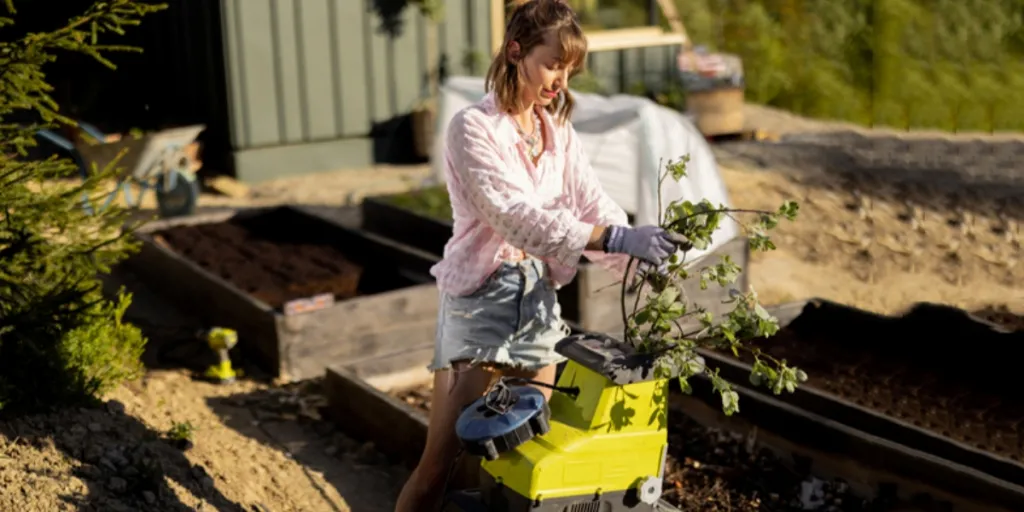Those with a community garden or smallholding deal with heaps of various organic materials all the time, but with a compost shredder, they are able to actually turn plant waste, food waste, and other compostable materials into something useful and nutrient-rich.
In this article, we’ll explore what compost shredders are, how they operate, and how they help everyday homeowners “go green.” We will then analyze the global compost market, looking at current market size, key drivers, and projected market growth. The article will then put forward some key features that buyers should consider in order to source the best compost shredders for their gardening customers.
Table of Contents
What are compost shredders?
Overview of the global compost market
9 factors to consider when buying a compost shredder
Make the cut
What are compost shredders?
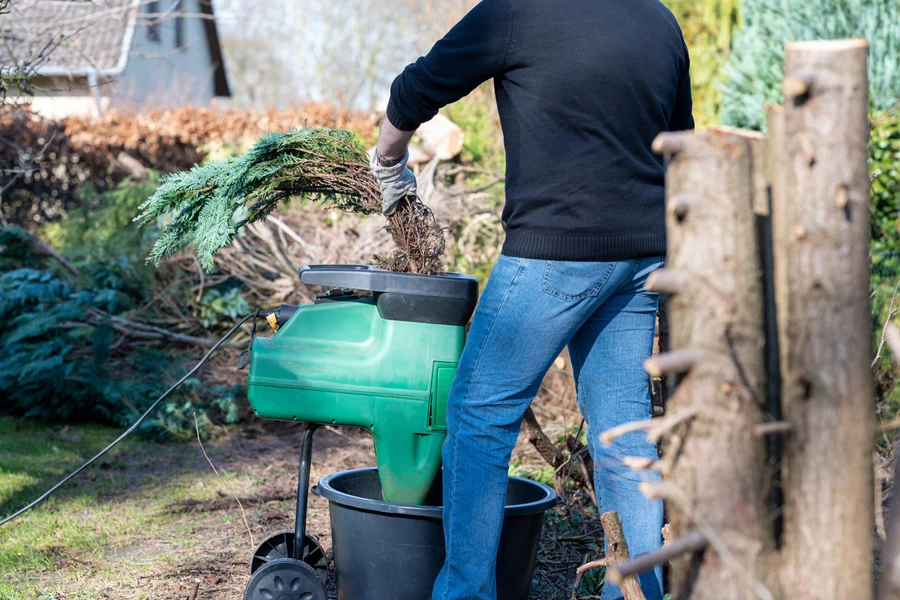
Compost shredders are very useful manure processing machines that are designed to create fertile, nutrient-packed compost that helps to increase soil fertility in plots and gardens.
The shredders do this by grinding and shredding up mixtures of materials that would have been otherwise thrown away, such as decomposing plant waste (grass clippings, prunings, twigs, stems, etc.) and organic food waste (fruit skins, vegetable scraps, egg shells, and even tea leaves and coffee grounds).
Compost shredders save gardeners from having to purchase pricey soil conditioners and fertilizers, as users are able to recycle their own household waste to create uniform-sized and easy-to-use manure for their flower and vegetable gardens. Compost shredders and the practice of upcycling that they enable are empowering everyday people with the ability to contribute to resource conservation by turning seemingly useless trash into valuable, fertile treasure!
Overview of the global compost market
According to a report by The Business Research Company, the global compost market has grown steadily in recent years. This growth is expected to continue, as the market value, which was about US$ 8.2 billion in 2024, is expected to reach US$ 11.83 billion by 2028, growing at an impressive compound annual growth rate (CAGR) of 9.6%.
Growth in this market is attributed to an increase in climate change mitigation practices, soil health awareness, and the expansion of the horticulture industry. Consumers are seeking out organic farm products, and so this is driving up demand for compost, organic fertilizers, and related tools such as compost shredders that help in the creation of these organic products.
The Asia-Pacific region has had the largest share in the global compost market and is predicted to be the fastest-growing region over the 2024–2028 forecast period.
9 factors to consider when buying a compost shredder
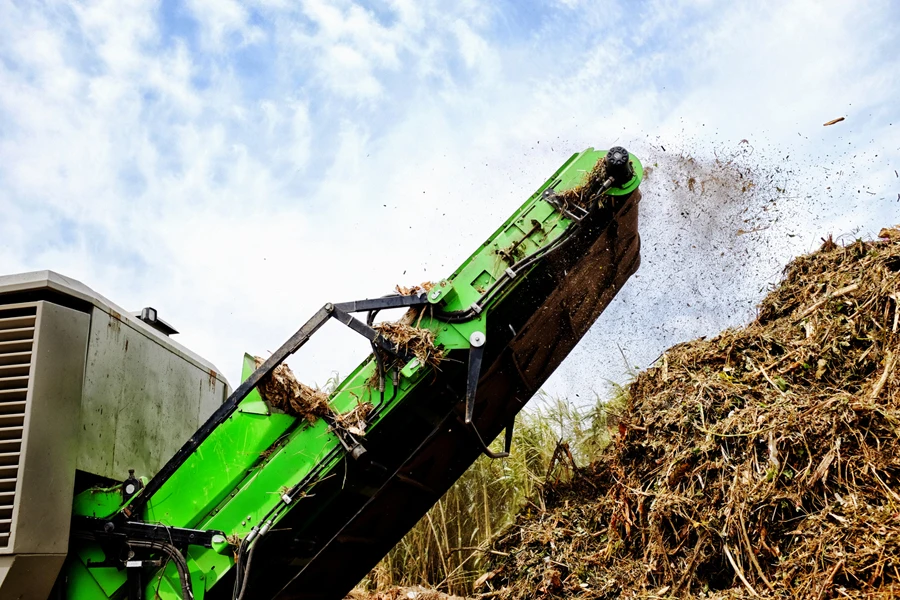
As more consumers are beginning to seek out compost shredders, it’s important for retailers to be knowledgeable about the key factors and features to consider when sourcing shredders from various suppliers. Below are some of the top ones.
1. Weight
Compost shredder users move around their yards or plots a lot when using the machines, making portability and ease of transportation an essential factor to think of when choosing between different shredders.
Ideally, the shredder should pack the right amount of power required by the users but should not be too bulky, as that would impede maneuvering. Unless the target customers have industrial-scale operations, then consider the weight of the machine, as the typical customer would be looking for something that is easier to handle and move around.
2. Side chute for branches
Compost shredders are capable of shredding wood scraps as well as twigs and stems. But in addition to smaller plants, some are able to break down larger branches. They do this using specially designed side chutes for larger loads.
Buyers can opt for compost shredders with this feature because separating the larger loads from smaller ones, such as twigs and leaves, actually helps to maintain the longevity of the shredder. With a side chute, large pieces or branches are broken up by the chipping blades before they mix in with the rest of the smaller materials.
3. Top-mounted loaders
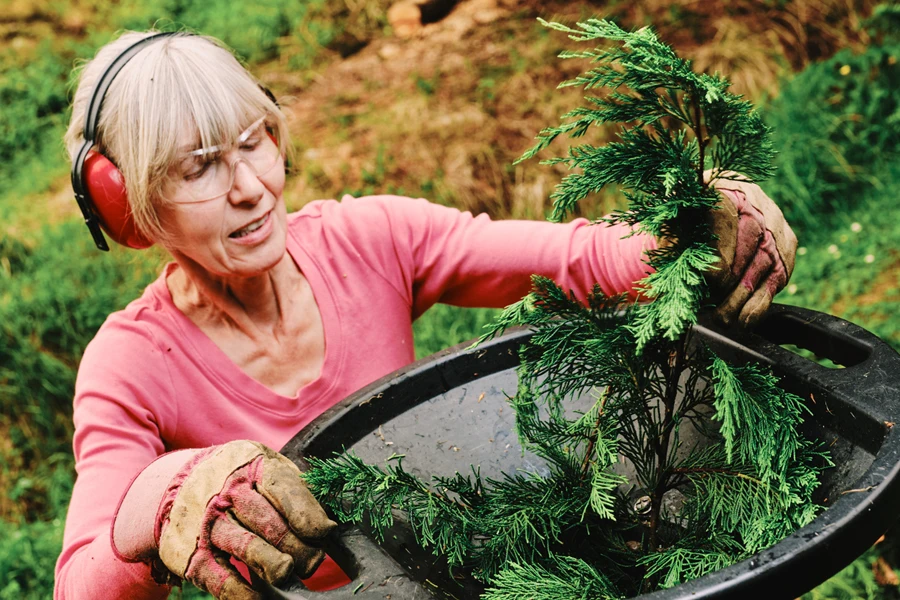
The ease of use is a crucial consideration for many users. And when it comes to gardening and composting, this is particularly true because these activities are already highly labor-intensive. In that regard, retailers can consider compost shredder models with top loading.
Top loaders make it easier for users to get the leaves or wood scraps into the shredder and begin shredding without the need for a hand crank to operate it, as gravity will do the rest of the work!
4. Solid tires
When it comes to heavyweight compost shredders, buyers should look for options that come with solid tires, as these would help to reduce the effort required to pull the machine. Fragile tires lead the user to expend a great deal of energy to move the shredder around, and, as mentioned, with the labor inherent in composting and garden work, additional labor is the last thing users need.
Seek out shredder models with robust tires, ensuring that the wheels are large and strong enough to hold and transport the shredder. Your customers will thank you for it!
5. Blades
When talking about shredders, it’s inevitable that we’d have to consider the blades, because these are, after all, one of the components that help shredders carry out one of their core functions—shredding!
Typically, shredders that are equipped with multiple blades are a much better option for users, as there will be less frequent need to replace and sharpen the blades. Few blades, say one or two, wear out quite quickly, requiring users to have to purchase replacements or repair them frequently. To reduce the hassle that your customers have to deal with, consider options with various blades.
6. Feed capacity
The feed capacity of a shredder refers to the maximum amount of leaves, twigs, branches, or other organic matter that users can insert into the shredder at once. For users dealing with larger volumes of material to be composted, then a larger feed capacity would be more ideal.
It is also worth noting that for compost shredders with multiple chutes, each chute will likely have a different capacity. Buyers should go over this, as it will determine the amount of waste users are able to turn into compost.
7. Reduction ratio
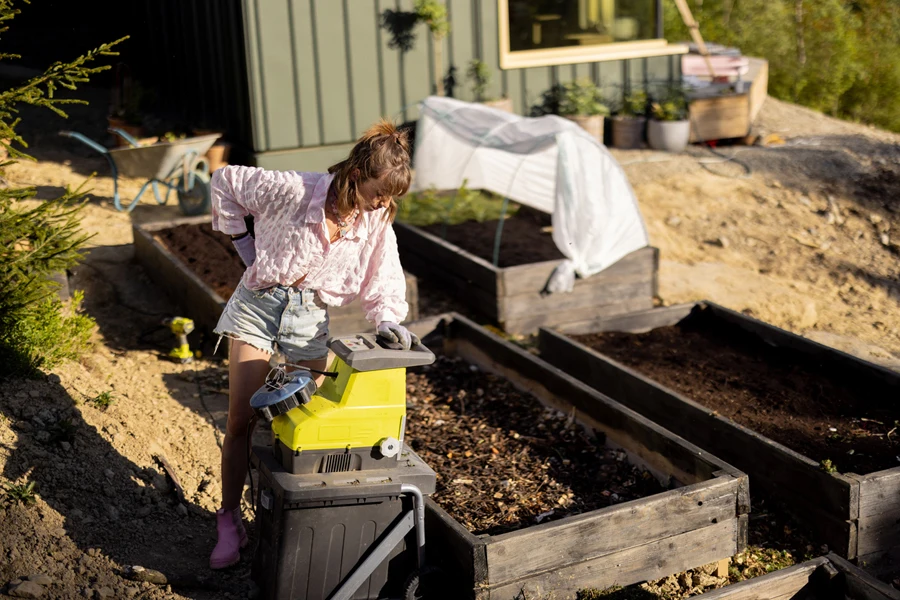
Another technical feature that compost shredder buyers should consider when making their buying decision is the reduction ratio. This is a measure of the volume of reduction that the shredder is able to achieve when it shreds materials. Currently, most shredders on the market have ratios between 10:1 and 20:1, which means they are able to reduce the volume of waste they receive down to 5–10% of the original waste volume.
If the target customers are users who deal with large volumes of waste at a time, then shredders with high reduction ratios (15:1 and above) will be the best options, whereas users with less intensive loads will be fine with a 10:1 ratio.
8. Noise
No one wants to be the annoying neighbor with extremely noisy gardening tools! So keep this in mind when choosing between different shredder models. Ideally, you would want to source shredders with the requisite amount of power and minimal noise emission.
Most manufacturers specify the noise levels of their machine in the technical specifications, so keep an eye out for this information.
9. Gas-powered vs. electric
Another way of mitigating the noise issue is by doing away with the possibility altogether by opting for an electric shredder model over a gas-powered one. These two compost shredder types of course have their pros and cons, and being aware of them helps buyers make the right sourcing decision.
Similar to electric cars, electric shredders have very quiet motors that emit very little noise. Beyond this, they are typically more eco-friendly because they do not require fossil fuels to power them. However, gas-powered shredders, on the whole, tend to be more powerful than their electric counterparts, which makes them more effective at dealing with larger loads and larger-sized waste.
Thus, heavier users would likely benefit from gas-powered shredders, while users who conduct lower-duty shredding will be happy with the lighter and quieter electric option.
Make the cut

There are a number of compost shredders on the market, and with the predicted growth in the global compost market, this is only going to continue to grow as climate change mitigation practices, soil health awareness, and the expansion of the horticulture industry drive consumers to seek out organic fertilizer and composting tools such as shredders.
When looking for compost shredder suppliers from the vast directory available on platforms like Chovm.com, remember to consider key factors such as the weight, side chutes, loading style, tires, blades, feed capacity, reduction ratio, and noise, as you evaluate the different shredders.
